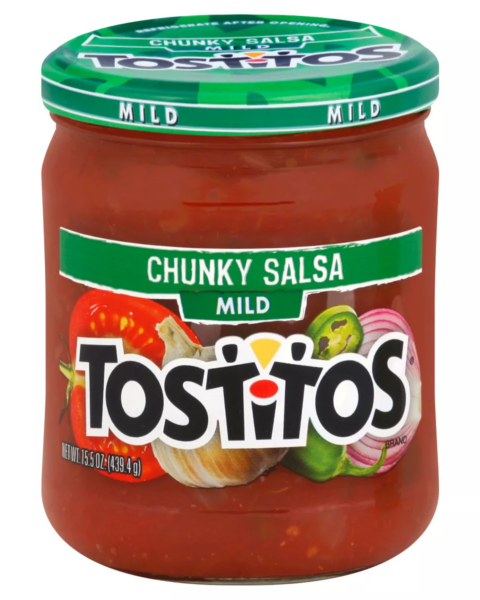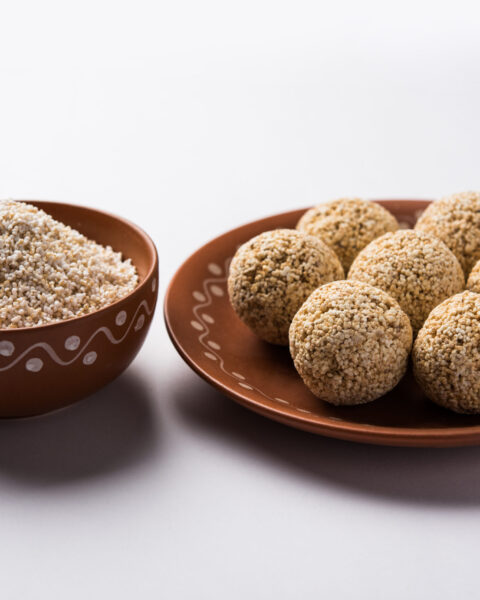Ever wondered what’s really in your food? GMOs—or Genetically Modified Organisms—have been sparking debates and curiosity for years. These are no ordinary veggies or grains; they’re engineered to resist pests, enhance nutrition, and withstand harsh climates. GMOs are made to offer potential solutions to global food security and sustainability challenges. Here are some mind-blowing things surrounding GMO foods, and how they’re shaping the future of farming.
Contents
- 1 Golden Rice
- 2 Bt Corn
- 3 Flavr Savr Tomato
- 4 Arctic Apples
- 5 Rainbow Papaya
- 6 GMO Potatoes
- 7 AquAdvantage Salmon
- 8 Vitamin-Enriched Bananas
- 9 Virus-Resistant Cassava
- 10 High-Oleic Soybeans
- 11 Enhanced Nutrient Carrots
- 12 Omega-3 Canola
- 13 GMO Eggplant
- 14 More From RetailShout
- 15 10 Pro Tips for Safe Food While Enjoying Summer Outings
- 16 10 Simple Ways to Create a More Sustainable Kitchen
Golden Rice

Golden Rice is a genetically engineered variety of rice that contains beta-carotene, a precursor to vitamin A. It aims to combat vitamin A deficiency, which affects millions of people worldwide, particularly in developing countries. By providing a significant source of this essential nutrient, Golden Rice has the potential to prevent blindness and other health issues associated with vitamin A deficiency.
Bt Corn
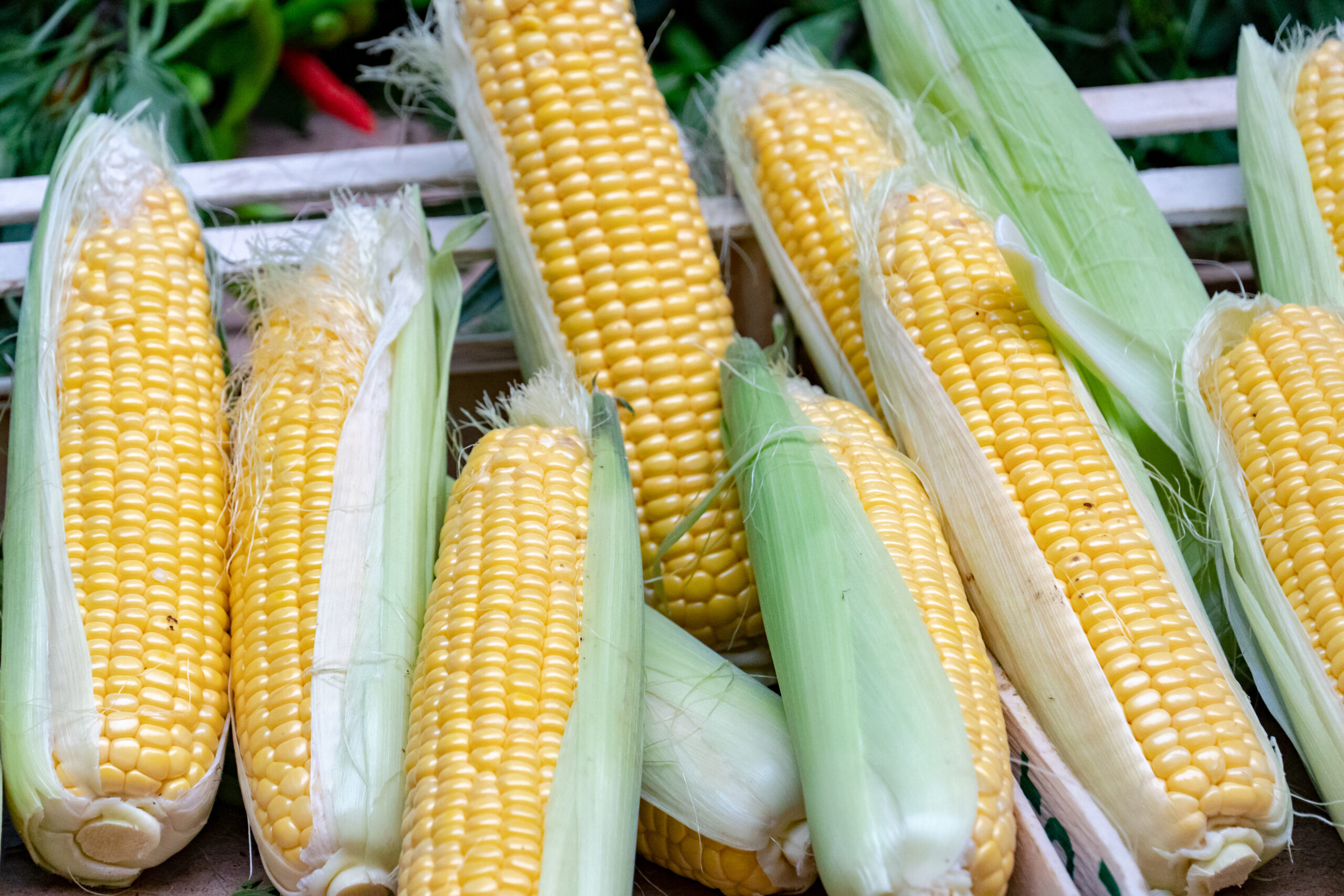
Bt Corn is modified to express a protein from the bacterium Bacillus thuringiensis, which is toxic to certain pests. This modification reduces the need for chemical pesticides, making it an environmentally friendly choice. Farmers benefit from higher yields and reduced crop losses, while consumers enjoy corn that is free from harmful pesticide residues.
Flavr Savr Tomato

The Flavr Savr Tomato was the first commercially grown genetically engineered food. It was designed to have a longer shelf life by delaying the ripening process, reducing food waste. This innovation allows tomatoes to stay fresh longer during transportation and storage, ensuring that consumers receive fresher produce with fewer spoilage issues.
Arctic Apples

Arctic Apples are engineered to resist browning when cut or bruised. This trait enhances their visual appeal and reduces waste from bruised or oxidized apples. By preventing browning, Arctic Apples maintain their aesthetic quality and nutritional value, making them more attractive to consumers and reducing food waste.
Rainbow Papaya
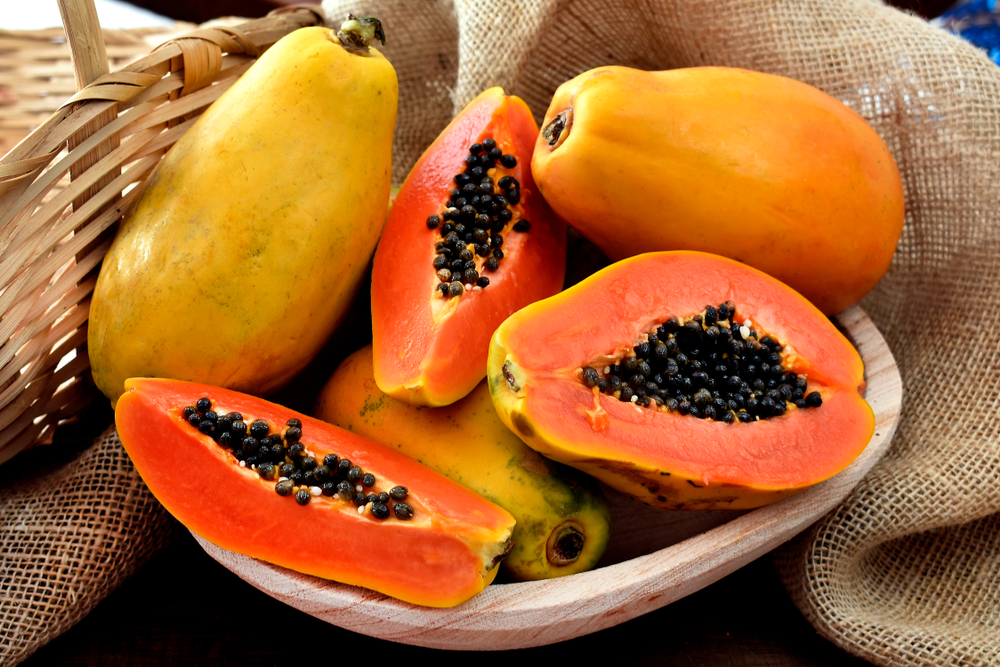
The Rainbow Papaya was developed to resist the Papaya Ringspot Virus, which devastated papaya crops in Hawaii. This GMO variety has saved the Hawaiian papaya industry from collapse. By incorporating virus resistance, Rainbow Papaya ensures stable production and availability of this nutritious fruit, benefiting both farmers and consumers.
GMO Potatoes
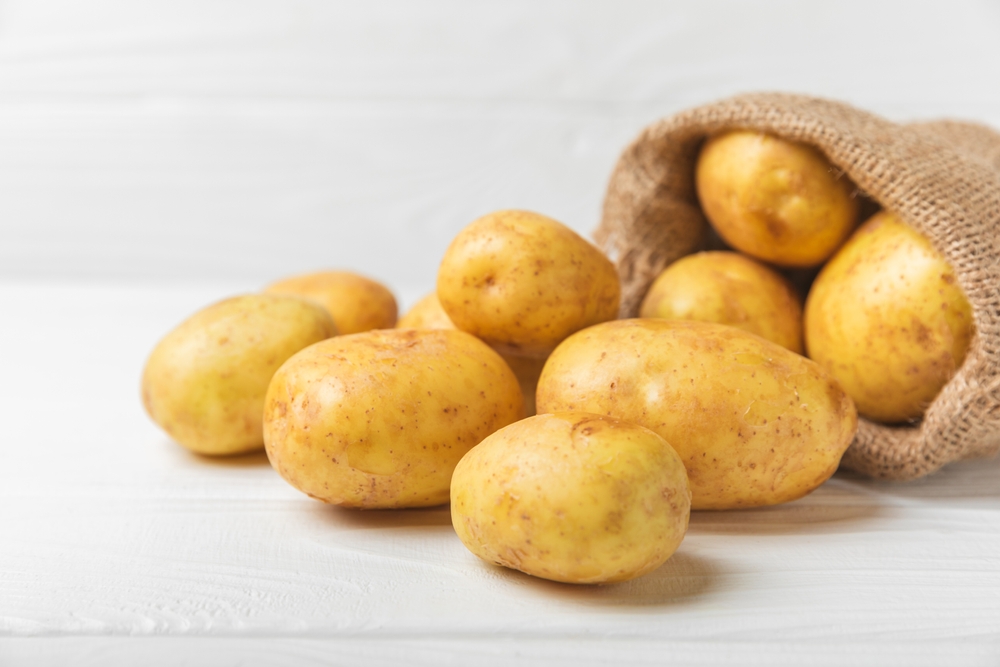
GMO Potatoes, such as the Innate variety, have been modified to reduce bruising and black spots. They also produce less acrylamide, a potential carcinogen, when cooked at high temperatures. These improvements enhance the quality and safety of potatoes, offering a healthier and more appealing product to consumers.
AquAdvantage Salmon
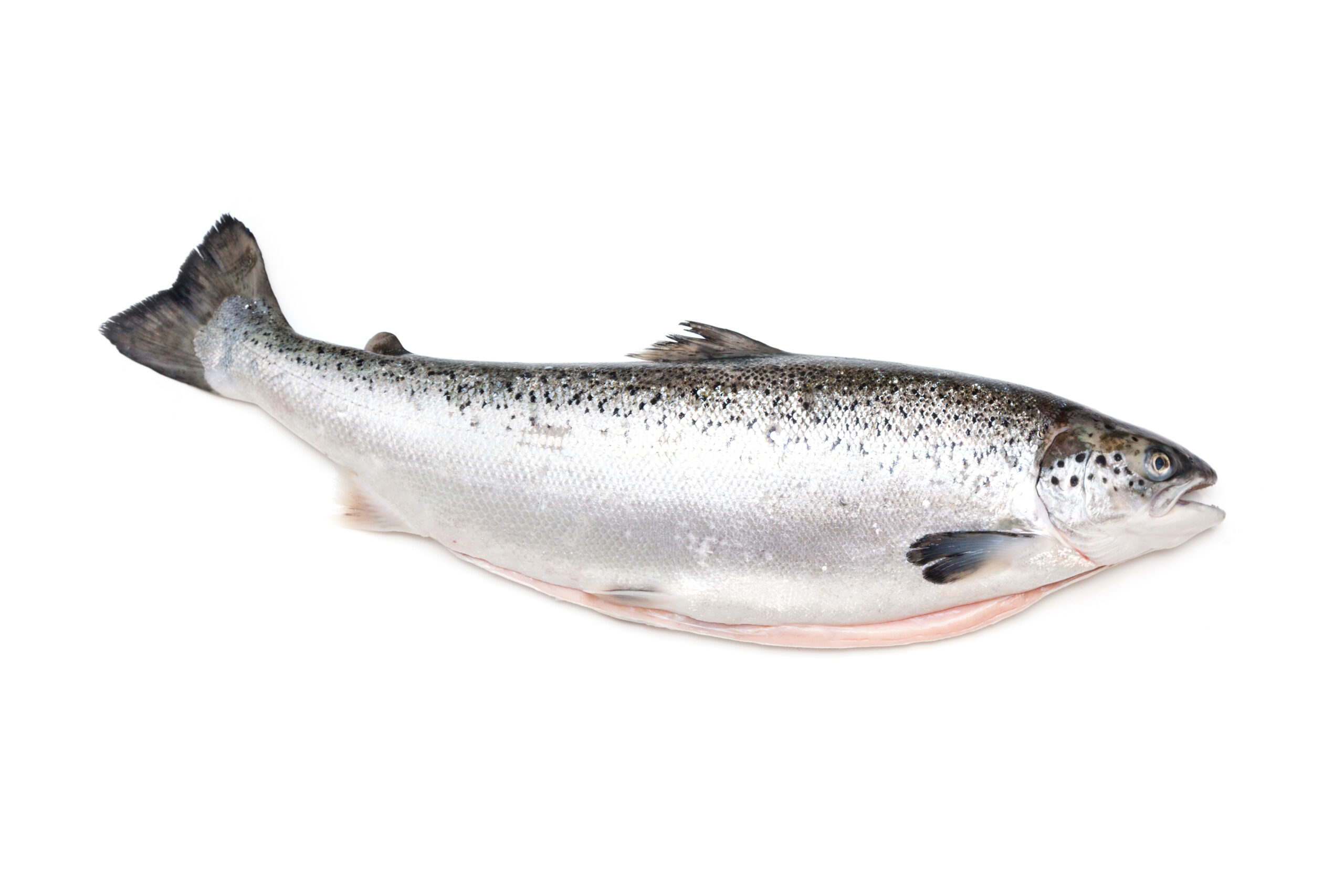
AquAdvantage Salmon is genetically modified to grow faster than conventional salmon. It reaches market size more quickly, making fish farming more efficient and sustainable. This advancement reduces the environmental impact of aquaculture by decreasing the resources required for salmon production.
Vitamin-Enriched Bananas
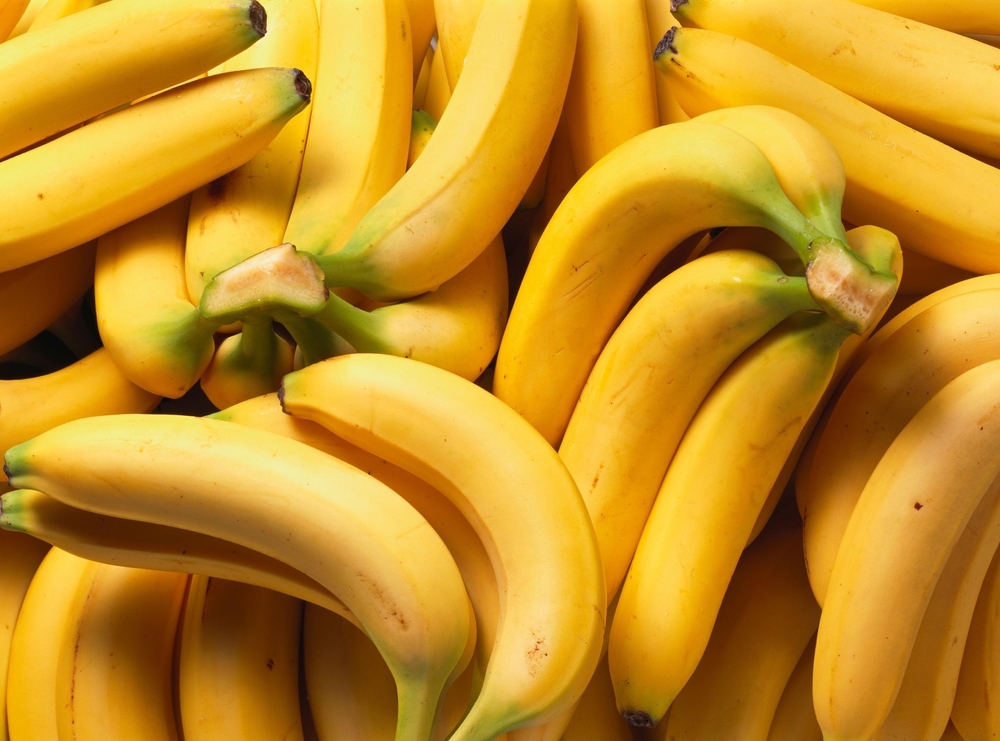
Scientists have developed bananas with increased levels of vitamin A and iron to address nutrient deficiencies in regions where bananas are a staple food. These biofortified bananas offer a simple and effective way to improve public health by providing essential nutrients through a commonly consumed fruit.
Virus-Resistant Cassava

Cassava, a crucial food source in Africa, has been genetically modified to resist Cassava Mosaic Disease and Brown Streak Disease, which significantly reduce yields. Virus-resistant cassava ensures food security and stable production for millions of people who rely on this crop for their daily sustenance.
High-Oleic Soybeans

High-Oleic Soybeans are engineered to produce oil with a healthier fat profile, similar to olive oil. This oil is more stable for cooking and has a longer shelf life. By providing a healthier alternative to traditional soybean oil, high-oleic soybeans contribute to better dietary choices and improved public health.
Enhanced Nutrient Carrots
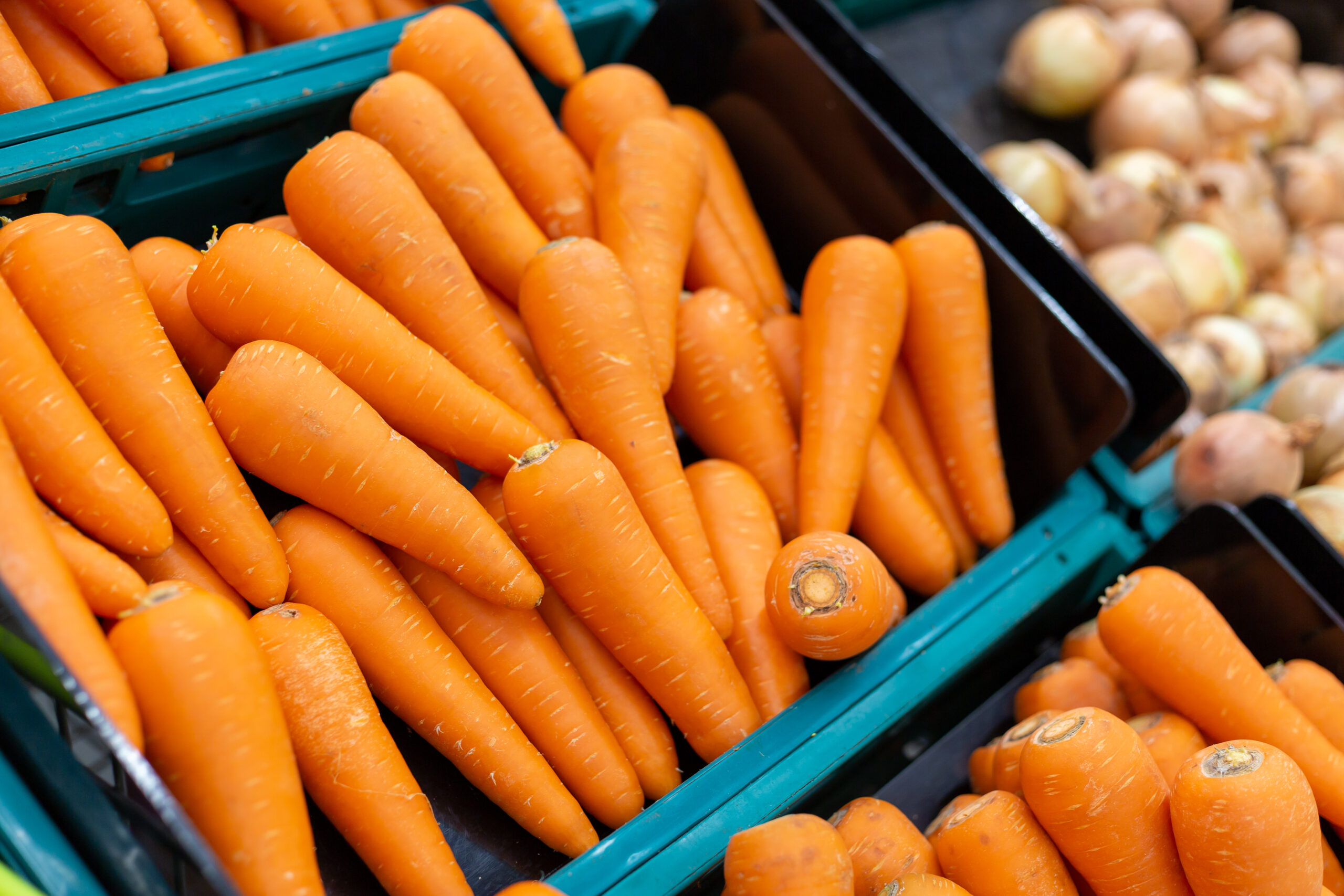
Researchers have developed carrots with increased calcium content to help combat osteoporosis and improve bone health, offering a functional food option for health-conscious consumers. These nutrient-enhanced carrots provide a convenient way to boost calcium intake and support overall health.
Omega-3 Canola

Omega-3 Canola is genetically modified to produce long-chain omega-3 fatty acids, typically found in fish oil, providing a plant-based source of these essential nutrients. This innovation offers a sustainable and vegetarian-friendly alternative to traditional omega-3 supplements.
GMO Eggplant
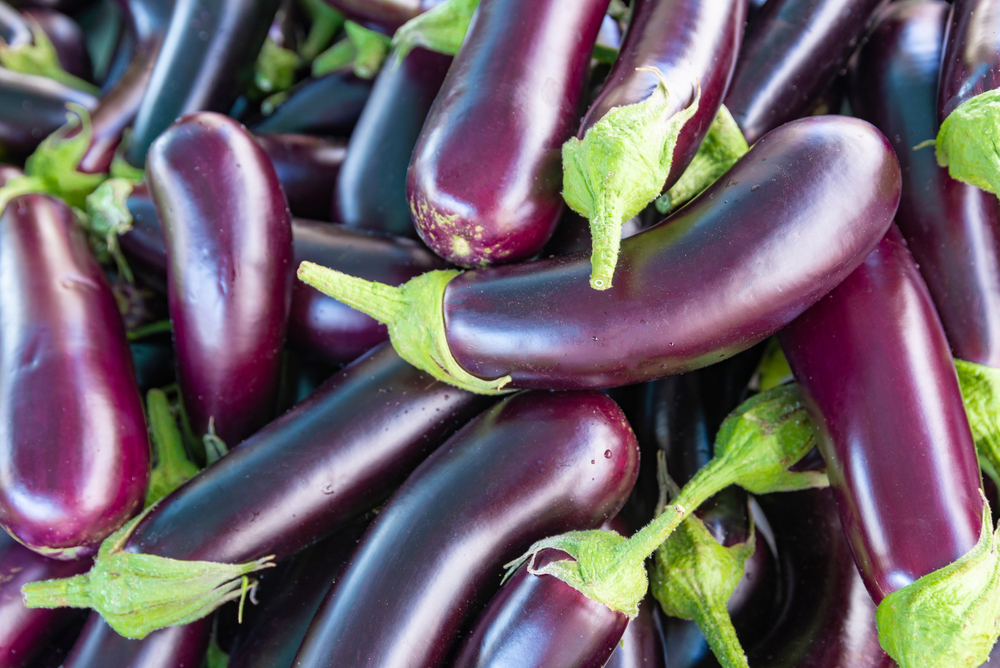
In countries like Bangladesh, genetically modified eggplant (Bt brinjal) has been developed to resist pests, significantly reducing the need for insecticides and increasing farmers’ yields. GMO eggplant offers a safer and more sustainable option for farmers, enhancing food security and reducing chemical use.
This article originally appeared on RetailShout.
More From RetailShout
12 Traditional Frostings and Fillings That Elevate Any Cake

When it comes to baking, a cake is only as good as the frosting or filling that accompanies it. Whether you’re aiming for a smooth, creamy buttercream or a rich, indulgent ganache, the right topping can completely transform your cake. Read More.
10 Pro Tips for Safe Food While Enjoying Summer Outings

Summer outings are all about enjoying the great outdoors and sharing delicious meals with friends and family. However, keeping your food safe during these warm-weather adventures is crucial to prevent foodborne illnesses. Read More.
10 Simple Ways to Create a More Sustainable Kitchen

A sustainable kitchen is more than a collection of green gadgets; it’s a lifestyle that embraces efficiency and environmental responsibility. Simple adjustments in daily habits can significantly reduce your carbon footprint. Read More.



